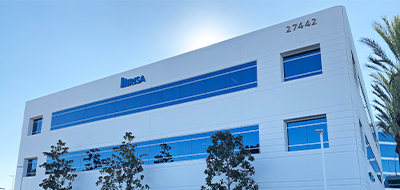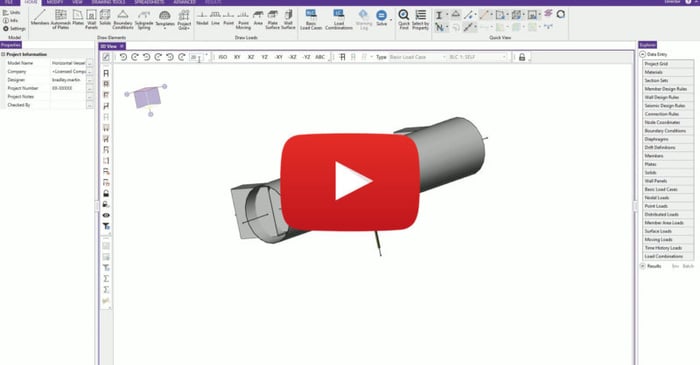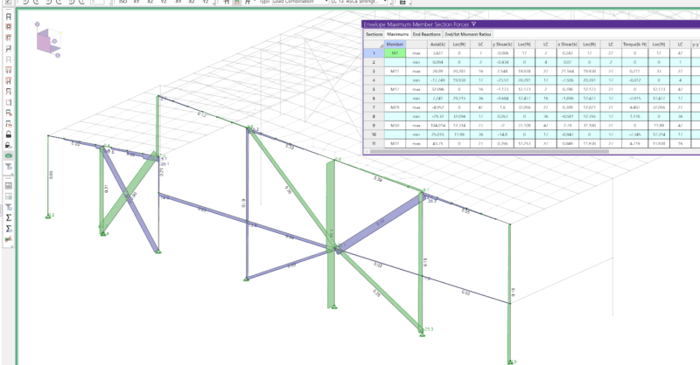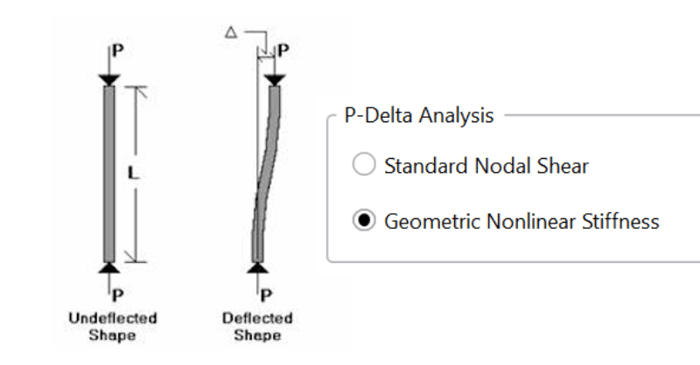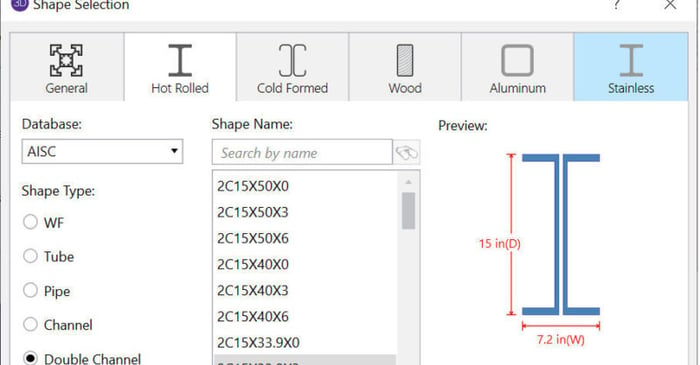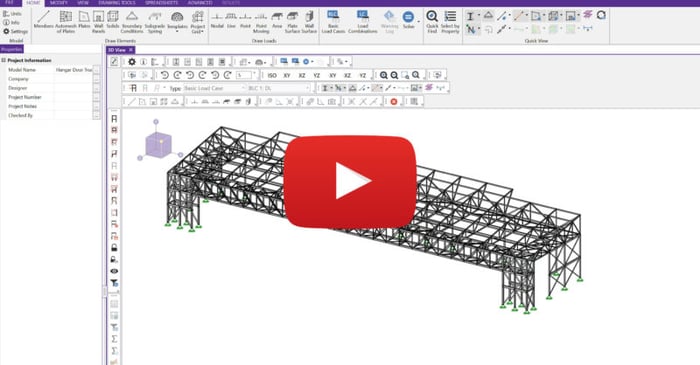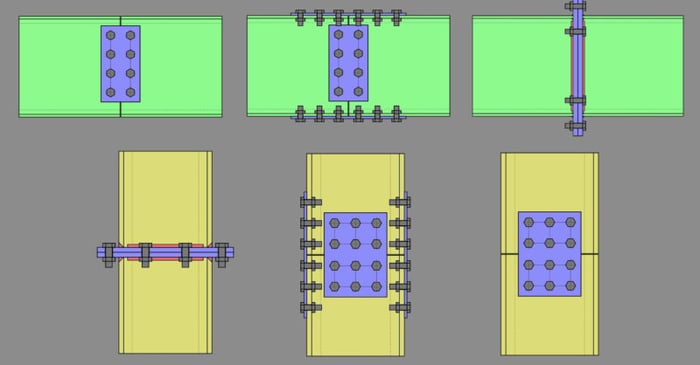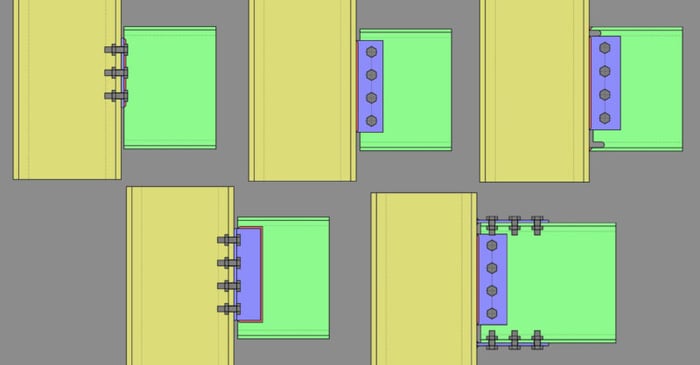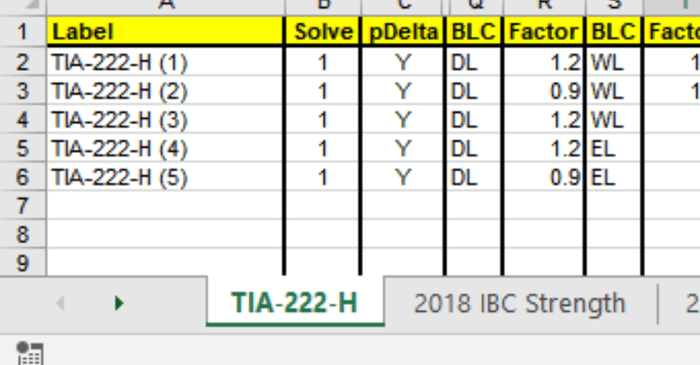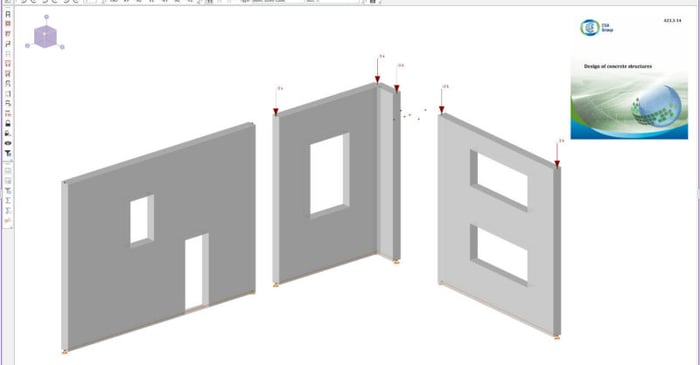
February 15, 2022
Canadian Concrete (CSA A23) Wall Panel Design in RISA
The CSA A23.3-14 Concrete Design Code has been implemented into RISA-3D v20 and RISAFloor v16 for concrete wall panels. These walls can be designated and designed as either gravity only or lateral elements in RISAFloor when designing a complete building utilizing concrete walls. Prior to this...



